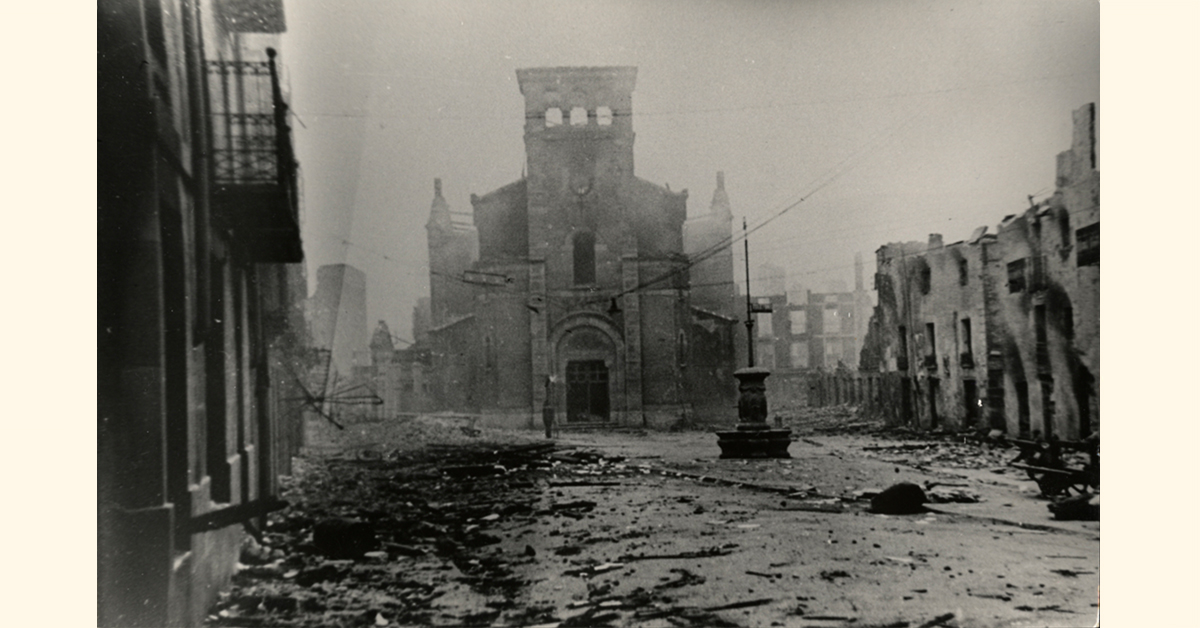Basque ethnography at a glance
Sometimes, just sometimes, the servant is better off than the master. That happens in the Izagaondoa valley, in Zuazu (Navarra), at the foot of the Izaga peak. But first let me introduce you to the characters so you know about whom we are talking.
The master is an image, of a respectable size, depicting Archangel St. Michael, the quintessential host of an unusually large chapel, with no less than three naves, that is near the top of the Izaga peak, which was earlier known as Higa de Izaga. Several penitential pilgrimages, in other words, rows of pilgrims in tunics and with their heads covered, and carrying a heavy cross on their backs, make their way up there every year. They enter the chapel at the pace of litanies in Latin and then prostrate themselves in joy before St. Michael, protector of all he prevails, or here the Izagaondoa, Unciti and Lónguida valleys. (more…)
It is hard to believe that it has been a year since Gurutzi passed on, leaving a huge gap behind her.
Gurutzi was highly enterprising. She worked tirelessly right up to the end; she spurred us on and was an example to all of us lucky enough to work with her. She was a trailblazer in many areas and, thanks to her persistence, endeavour and work, she managed to carve a niche in a cultural world which was practically closed to women. (more…)

St John’s church, nowadays disappeared. Bombing of Gernika Documentation Center. Gernika Peace Museum Foundation.
The previous post described the two first stages of the attack, which ended with the following two phases and their consequences.
3. Forty minutes later, three K/88 squadrons with a total of 21 Junkers Ju52 heavy bombers attacked from the north and were not seen by the people keeping watch until it was too late.
Juan Antonio Ansaldo, the commander of the rebel forces visited Gernika after the bombing to see its impact. Year later, he would write in his diary that when Goering was questioned about the “holy city of the Basques” during the Nuremberg trials, he replied that it was a type of “testing ground” for the Luftwaffe and that there was nowhere else to conduct those experiments.
The Condor Legion was organised by Goering to show that a large-scale bombing technique would win the coming war, World War II. Wolfram von Richthofen was the Legion’s Chief of Staff and was tasked with carrying out the “perfect bombing” on the Basque front. Durango on 31 March, Eibar on 25 April and Gernika on 26 April were part of a military experiment consisting of bombing an urban centre in successive barrages using explosive and incendiary bombs. A formation that would later be used in World War II in cities including Rotterdam and Warsaw, and also by the Allies in Dresden. (more…)




